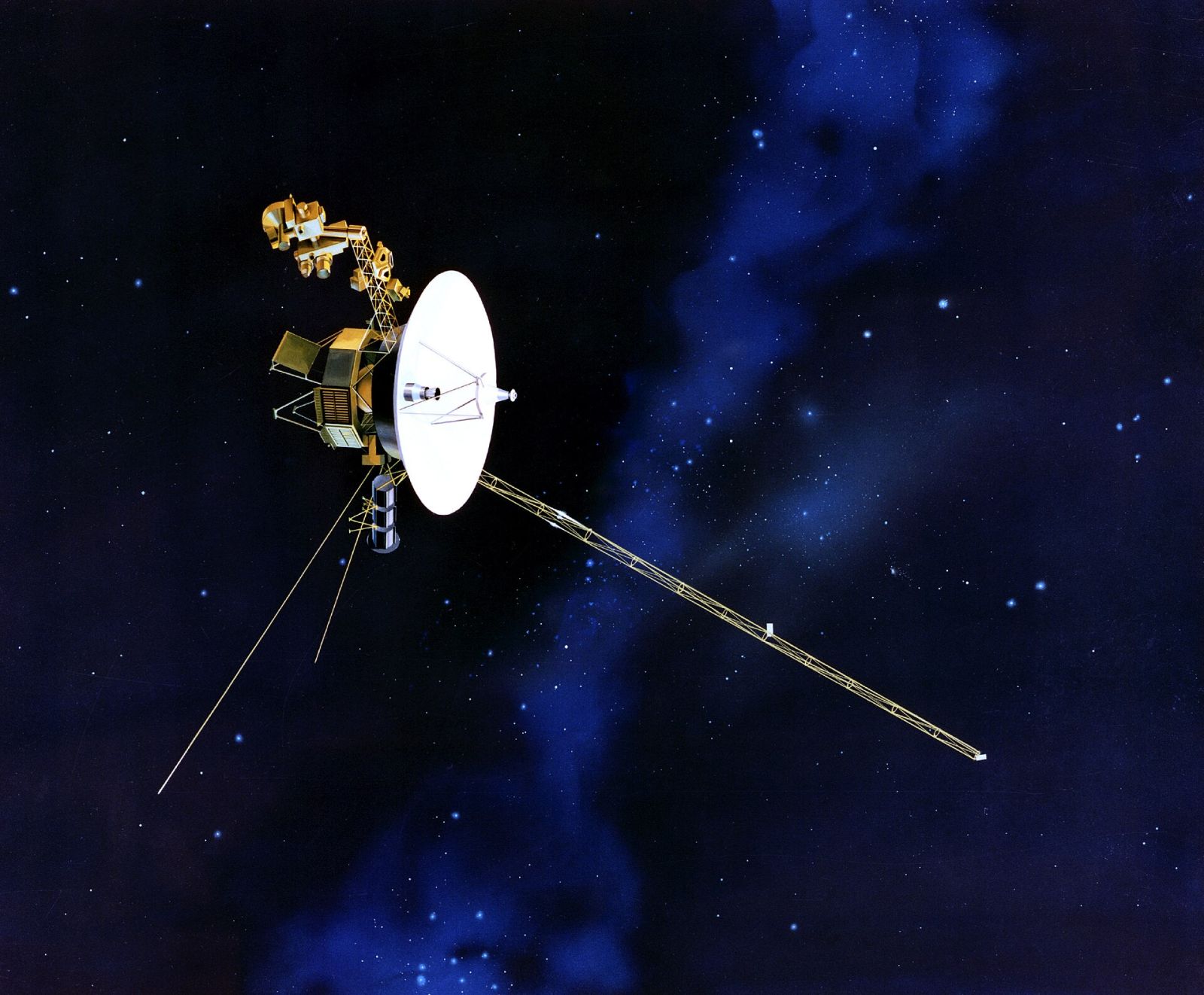Follow us on Google News (click on ☆)
Faced with communication difficulties, Voyager 1 automatically triggered an unexpected system, baffling engineers.
In October, NASA noticed an unusual pause in communications from Voyager 1. A weak but detectable signal eventually appeared, coming from a backup S-band transmitter. This unexpected switch was activated by the probe's protection system, designed to conserve energy and respond to internal anomalies.
Since 1977, Voyager 1 has relied on an X-band transmitter to send data. However, the distance and energy constraints complicate this transmission.
On October 16, the Deep Space Network (DSN), a global network of antennas, sent a command to Voyager 1. No response was received within the usual time frame.
After checking, NASA observed that the primary X-band transmitter had shut down. The probe had switched to a lower-energy S-band transmitter. NASA is now analyzing the reasons for this energy switch. This unexpected mode may reflect enhanced protection of the probe against failures.
Voyager 1 is the first human-made object to enter interstellar space. Despite malfunctions, it continues its exploration, showcasing the durability of this exceptional mission.
Why did Voyager 1 switch to "power-saving mode"?
Voyager 1's "power-saving mode" is automatically triggered by its fault protection system. This system detects potential anomalies and reduces energy consumption by shutting down non-essential equipment.
In the recent case, the system turned off the primary transmitter, activating a less energy-consuming backup S-band transmitter. This mechanism allows the probe, short on energy due to its age and the vast distance it has covered, to extend its lifespan and continue its data-collection missions.
